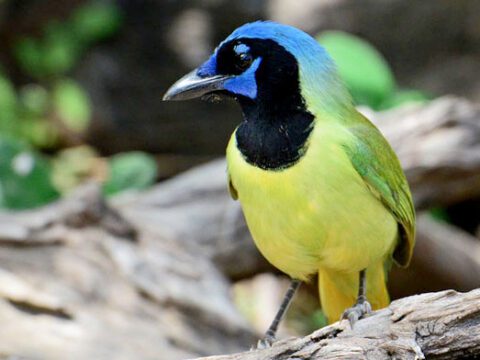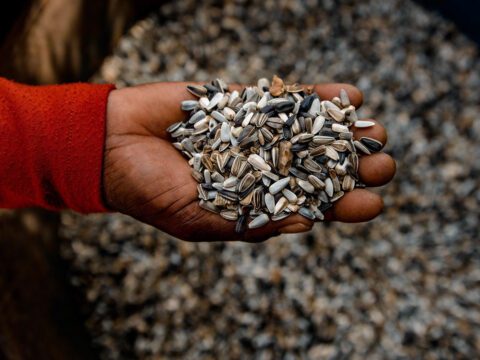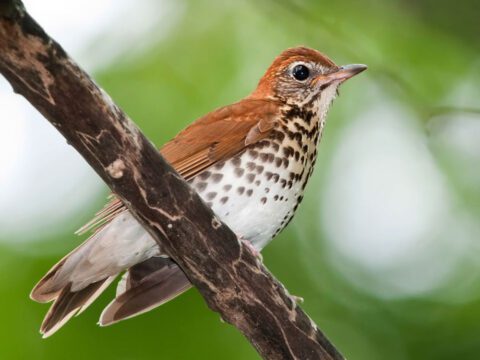Penguins Take the Long Way Home
By Hugh Powell
August 13, 2008
4:30 p.m. I agree: Adelie Penguins just look adorably hopeless when they totter around on the snow. But don’t underestimate their tenacity – or their hiking skills, as Grant Ballard, of the Point Reyes Bird Observatory, showed today.
In March 2000, the world’s largest iceberg broke off the Ross Ice Shelf in Antarctica. It was larger than the island of Jamaica, and suddenly it was loose, drifting westward toward Ross Island (at about 70 miles long, considerably smaller than Jamaica).
By the time Iceberg B-15 arrived it had broken apart, but the three main pieces still rivaled the size of small European countries. A 100-mile-long fragment grated to a halt in the shallows off Ross’s easternmost point, Cape Crozier. Typical ocean currents were diverted, and Ross Island froze into the ice for the next five years straight.
A lesser penguin might lose hope at the prospect of trudging across an endless expanse of ice to reach its traditional breeding grounds. Not Ross Island’s roughly 400,000 breeding Adelie Penguins. Most persevered, and some penguins walked across more than 40 miles of ice to reach the most distant of their nesting colonies, a hunk of pillowy black lava called Cape Royds. And though very few penguins were able to raise young with such a lengthy commute, when the iceberg and surrounding sea ice cleared in 2006, their endurance paid off.
Penguins who survived the “iceberg years” at tiny Cape Royds, which had been so far from open water, found themselves with more krill and fish than they could eat. And hardly any predators (such as South Polar Skuas and leopard seals) took the trouble to raid such a small group. Nest success improved, and the colony started to grow again.
In general, times are good for Adelie Penguins on Ross Island – site of the southernmost open water in the world, Ballard said. Climate isn’t changing nearly as quickly there as it is on the Antarctic Peninsula, halfway around Antarctica and 1,000 miles farther north. There, rapid warming seems to be proving too much for Adelie Penguins. Their colonies are shrinking as northern relatives called Chinstrap Penguins move in.
Ballard jokingly described chinstraps as “scared of sea ice.” A 12-year Antarctic veteran, Ballard has an extremely high regard for Adelies’ hardiness and less for the penguins of warmer climes. Let’s all hope for (and work toward) a world that stays cold enough for both species to thrive.
Believe it or not, both Ballard and I were just to the left of the frame in this picture. Read more here. And here.

All About Birds
is a free resource
Available for everyone,
funded by donors like you
American Kestrel by Blair Dudeck / Macaulay Library



